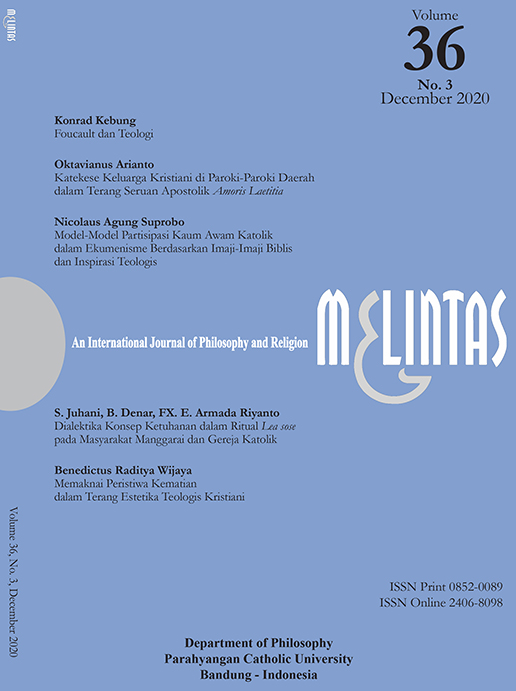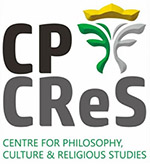Memaknai Peristiwa Kematian dalam Terang Estetika Teologis Kristiani
DOI:
https://doi.org/10.26593/mel.v36i3.5389Keywords:
death, deep sadness, lost harmony, transformative experience, beauty, union with GodAbstract
Death is constantly frightening, even for the believers. It is an event where people mourn as they grieve the permanent loss of their loved ones. It often causes irrational judgments, and destroys the harmony within a family. Some Christians still find it difficult to accept. The Church’s teachings address the event of death as part of the believer’s reality. Death is seen as the culmination of transformative experience in Christian life and faith, so that news on someone’s death is not regarded as an event of destruction, but rather an experience of faith. This article offers an interpretation that death is not seen as merely ‘death’ from human perspective, but a passage towards a mystical and aesthetic point of view which illustrates a sign of God’s calling to humans to enter the beauty and union with God.
Downloads
Published
Issue
Section
License
Copyright (c) 2020 Benedictus Raditya Wijaya

This work is licensed under a Creative Commons Attribution-NonCommercial 4.0 International License.
MELINTAS applies the Creative Commons Attribution (CC BY NC) license to articles and other works we publish. If you submit your paper for publication by MELINTAS, you agree to have the CC BY NC license applied to your work.


